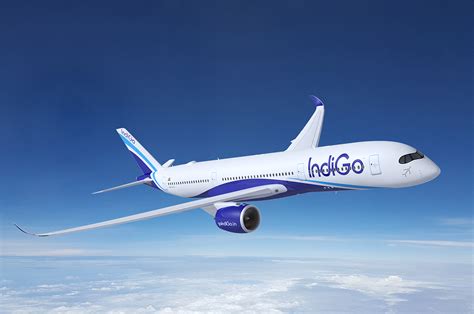 Virgin America made big news this week becoming the launch customer of Airbus’ new NEO. Airbus was thrilled and a few observers and financial analysts grumbled the news was bad for Bombardier. David Cush, Virgin America’s CEO, explains that the CSeries was not a particularly serious competitor. The airline is far more focused on maintaining fleet commonality. So perhaps this was not really a Bombardier “loss” at all.
Virgin America made big news this week becoming the launch customer of Airbus’ new NEO. Airbus was thrilled and a few observers and financial analysts grumbled the news was bad for Bombardier. David Cush, Virgin America’s CEO, explains that the CSeries was not a particularly serious competitor. The airline is far more focused on maintaining fleet commonality. So perhaps this was not really a Bombardier “loss” at all.
But then we got to talk about engines and this was very interesting. Take a listen.
Views: 2




Nice interview. Random thoughts;
1. Cush’s validation of single type fleet strategy indicates it will be almost impossible for CSeries to get orders from airlines that already have single type fleets of 737/320, or have mixes of the two, phasing out one and keeping the other. IMHO this applies to airlines with very large fleets, notwithstanding claims by SW and MOL that the larger the fleet, the lower the one type advantage. I would think that the larger the fleet the greater the advantage: economies of scale, swapping planes, all maintenance personnel being able to work on all planes, etc.
2. Generalizations about how many of each plane each air framer will sell are worthless. Sales will depend on the unique needs of each customer. For example, you might want to interview Richard Anderson at Delta next because their narrow body replacement needs are very complicated. Their overriding need is to replace a total of about 290 narrow bodies (66 MD 88s, 19 MD 90s, 42 DC-9s, and 164 757-200s) with as few types as possible. They want deliveries starting in 2012 according to their RFP, so the neo is not initially in play. They have a large fleet of new 737NGs and are taking more, but are also buying used MD 90s. It looks like they will replace everything but the 757s with as many MD-90s as they can get plus either 320s or 737NGs improved. B may have the advantage because they are already delivering new 737s and are improving them significantly so that by 2012 they will be better than the A320 classic. BUT D’s decision may turn on the 164 757s which they appear to want to replace late this decade. Can B improve the 737-900ER sufficiently without re-engining/re-winging to make it a better replacement for the 757s than the A321neo, or at least reduce the neo’s advantages so the 739ER will be a better buy due to commonality? If B cannot, then D may well buy the 320 classics initially because they already have the support infrastructure in place, and take neos as needed when they arrive. A similar issue applies to Untied/Continental. C brings 207 (!) 737-7, -8,- 9ERs in place and 50 on order to its merger with U. U brings about 150 A319/320s with none on order. Between them, they have about 140 752s.
Which line will U abandon to achieve commonality when it comes time to replaces those 757s?
We shall see, I think quite soon, because all this depends heavily on what B will do.
Great points Chris. We can try reach Mr Anderson because you’re right, this is currently the most interesting and complicated fleet acquisition on the table.
Very interesting stuff. So many variables, and at stake so many jobs, stock values, national presige etc. Thx for keeping this blog going.